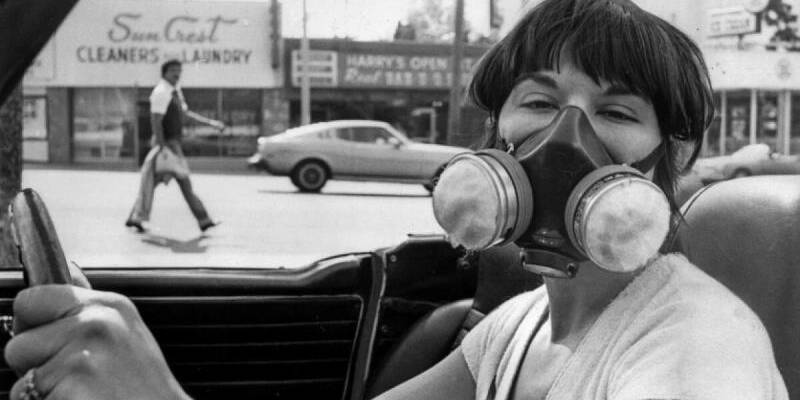
The U.S. Justice Department has rebuked Pasadena police for “improperly” spending nearly $120,000 in federal drug-seizure money to purchase five cars for senior officers, including a $24,000 Ford Explorer for the police chief, records show.
The Police Department also broke federal rules by using at least $50,000 from the same Asset Forfeiture Program fund to pay for peer counseling of at-risk youth, according to the Justice Department.
In two March letters obtained by The Times, Justice Department officials warned that unless the Police Department reforms its use of asset-forfeiture money, it risks losing future crime-fighting funds.
“The Pasadena Police Department is improperly managing and using funds received from the U.S. Department of Justice as part of the equitable share program,” said a March 23 letter from Grace Denton, a program coordinator with the U.S. attorney’s Los Angeles office, to Pasadena Police Cmdr. Donn Burwell.
Under federal law, local agencies may use the seizure money only to supplement or bolster law enforcement activities, not to “cover basic operations such as payment for vehicles for command personnel,” Denton wrote.
Pasadena police officials referred calls to city administrators, who downplayed the Justice Department letters and said that much of the dispute has been resolved.
“It’s not a major controversy,” said Lawrence Newberry, assistant city attorney.
But Denton, who would not speak directly about the Pasadena case, said it was unusual for her office to send that type of letter to an agency.
At issue is the Police Department’s acquisition last fall of five used 1994 Mercury Sable sedans for $93,000. Four of the cars are driven by the force’s senior commanders, who gave up their vehicle allowances to get them.
In justifying the purchases, then-Chief Jerry A. Oliver wrote city officials that his commanders needed the cars to drive to off-hours emergency crime scenes.
Newberry said the four police officials also are permitted to use the radio-equipped vehicles to commute to work and for personal use. He said that on occasion the city-owned sedans were also used by undercover drug officers, but Newberry conceded that the Police Department does not have records of such use.
A month after buying the sedans, police spent $24,800 in forfeiture money on a used, 1994 Ford Explorer that was driven by Oliver for both official and personal use. Since he resigned his Pasadena job to become police chief in Richmond, Va., last month, the vehicle has been used solely by the undercover division, Newberry said.
Oliver did not return phone calls.
Newberry said that since March, the city has reached an agreement with the Justice Department for the sedans by regularly letting undercover officers use them. Denton would not confirm or deny Newberry’s statement.
The Police Department also spent at least $50,000 in drug-seizure money on the long-running Youth Advisors program during fiscal 1994-95. The program, financed in previous years by the city’s general fund, trains teen-agers and pays them salaries to persuade their peers to avoid drugs and gangs.
In a second letter, dated March 30, Denton wrote that the department could not use drug-asset money to replace salaries previously paid by the city. It can be used for first-year salaries of new positions, she said, but not to replace expenses the city no longer wanted to pay for or to continue operations.
Pasadena officials thought there was a provision in federal rules allowing them to do otherwise, Newberry said, acknowledging that the city was wrong. He said Pasadena officials are scrambling to seek a new source of funding for the program.
“It shows you have to be careful,” Newberry said. “Sometimes there are different interpretations.”
Ironically, Oliver had complained to the city two years ago that it was violating the same rule in regard to drug forfeiture money.
In a 1993 memorandum, Oliver wrote to City Manager Philip A. Hawkey complaining that the city’s Finance Department had violated the federal rules by designating nearly $200,000 in asset money for a new police helicopter fueling system, even though the city had planned to pay for the system in a prior year. Newberry said he did not know whether the city ended up spending drug money to buy the system.
“In the event of an audit by either federal or state regulators, the city could be required to refund the money spent on the project and the Police Department could be excluded from further participation in the Asset Forfeiture Program,” Oliver wrote.
Created in 1986, the federal seizure program allows law enforcement agencies to take and liquidate houses, jewelry, automobiles and other major assets seized from criminals-most of them drug traffickers. Local police departments are entitled to part of that money based on their role in the investigation.
copyright Los Angeles Times
Related Posts
The Brown Air Prequel for our Climate Change World
Why the Sky Disappeared, and Why L.A.'s Smog-Choked…
At Christmas, “It’s A Wonderful Life.” In 2022, hopefully it’ll be a series about a life as Impossible as it is Strange!
Mercury Media has optioned its inaugural title, the…




